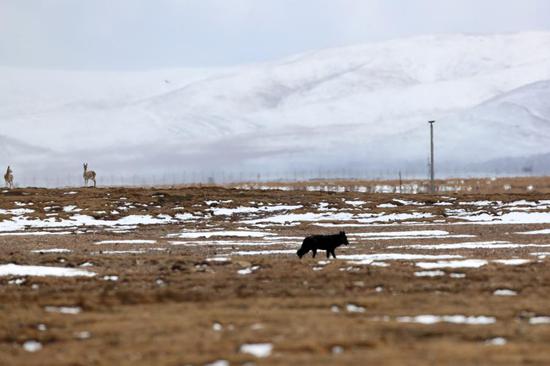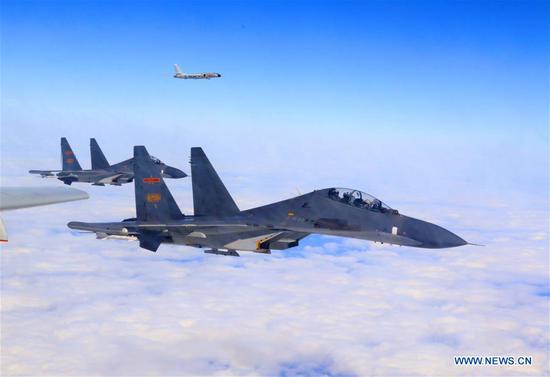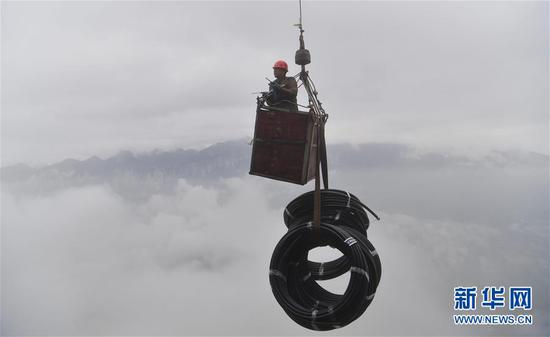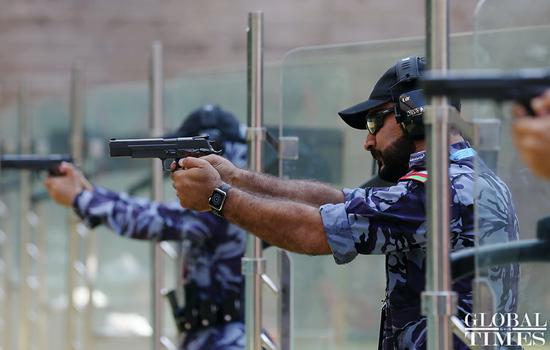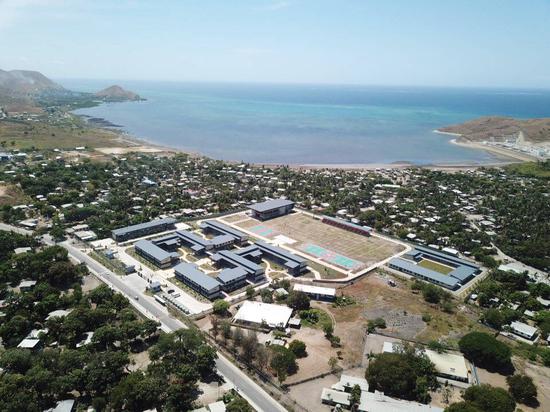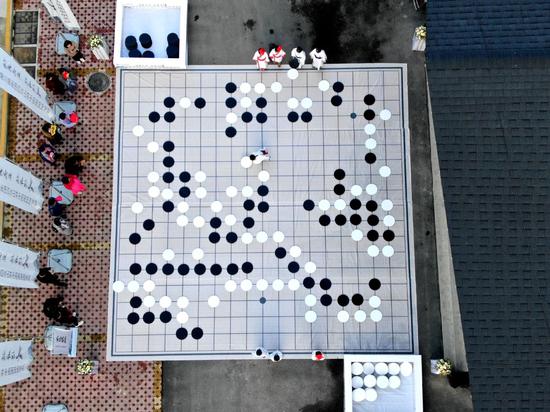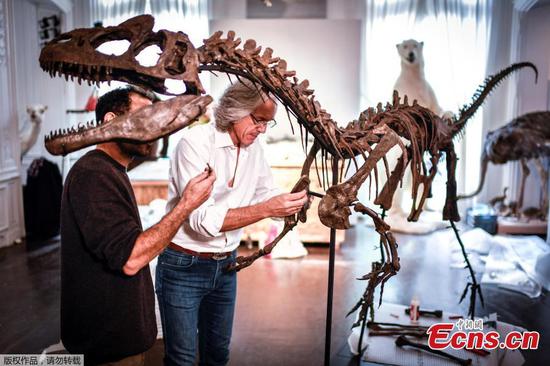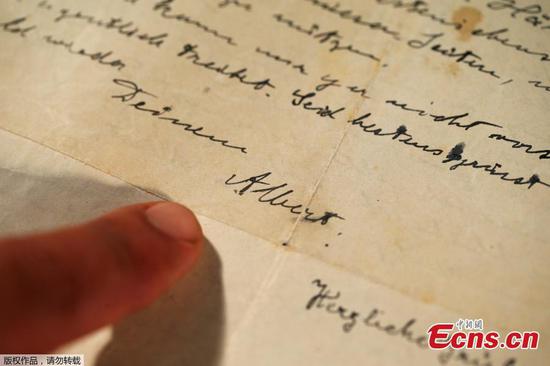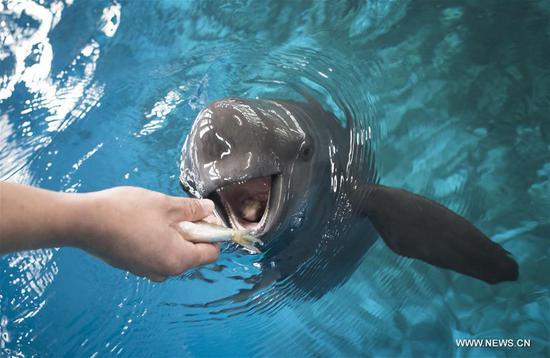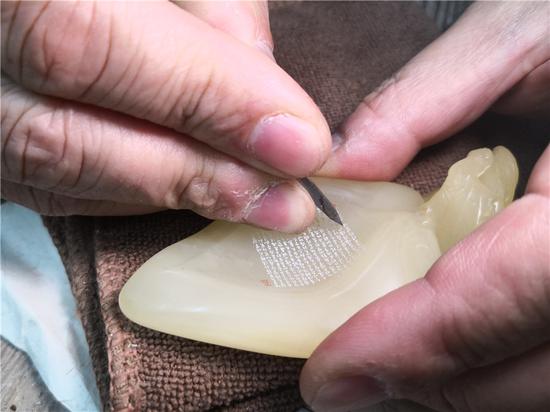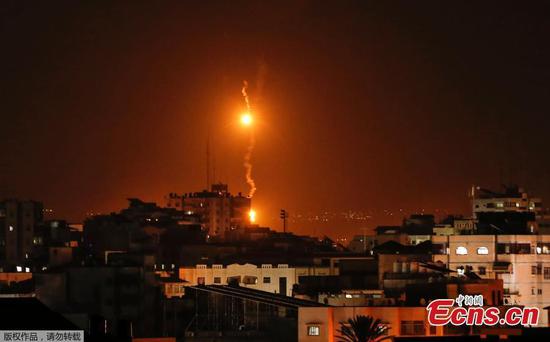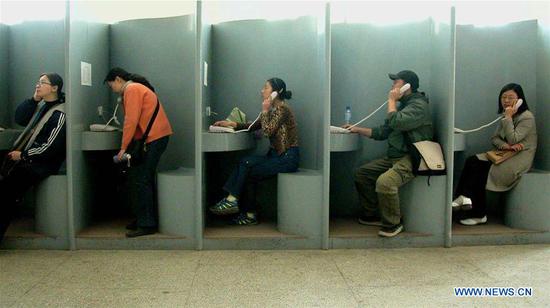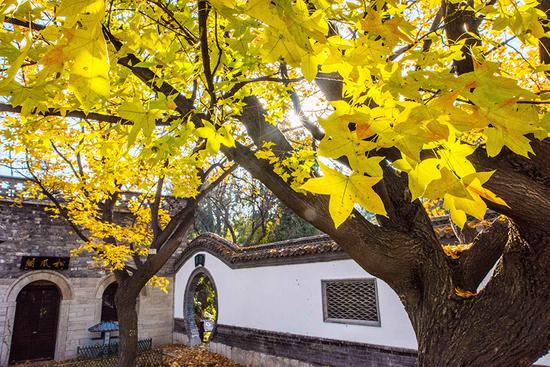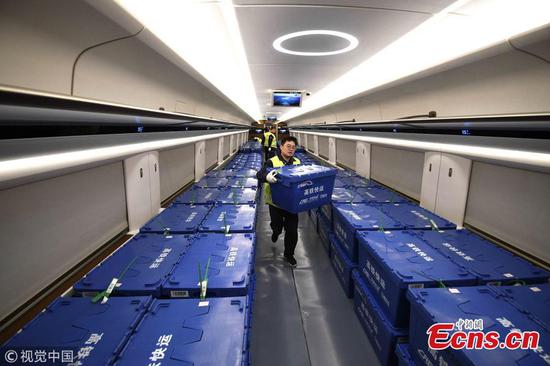SpaceX launched a Qatar satellite on Thursday with its Falcon 9 rocket from Launch Complex 39A at the U.S. space agency NASA's Kennedy Space Center in the state of Florida.
The Es' hail-2 satellite was lifted off at 3:46 p.m. EST and the communication satellite was deployed to a geostationary transfer orbit about 32 minutes after liftoff.
"Successful deployment of Es' hail-2 to geostationary transfer orbit confirmed," according to SpaceX's official Twitter account.
This launch marked Falcon 9's 18th successful launch this year, equalizing the record the private rocket launch company made last year. SpaceX may have four additional flights before the end of December.
Falcon 9's first stage for the mission, once supporting the Telstar 19 VANTAGE mission in July 2018, was recovered about eight minutes after the launch on the "Of Course I Still Love You" droneship, which was stationed in the Atlantic Ocean.
Falcon 9 is a two-stage rocket capable of re-flight. The rocket reusability is a breakthrough needed to reduce the cost of access to space and enable people to live on other planets, according to SpaceX.
The Es' hail-2 satellite is based on the Mitsubishi Electric DS 2000 satellite bus. It will provide business and government sectors with secure communications across the Middle East and North Africa region.
Its multi-mission architecture will enable the satellite to respond to demand for the fastest growing applications in the Middle East and North Africa, including content transfer, broadcast distribution, enterprise communications, and government services, according to SpaceX.













